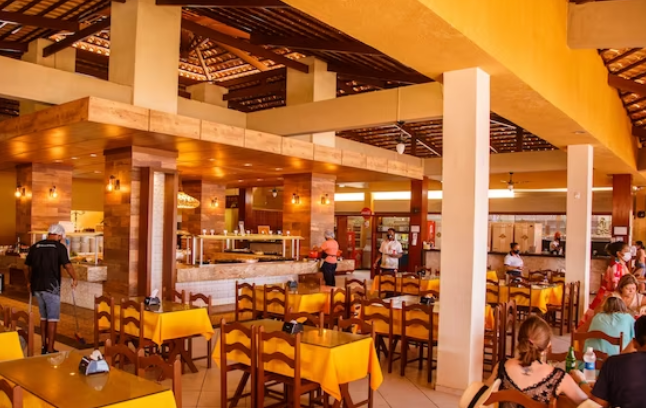
02 Sep Evolution of Restaurants
The history of the first restaurant can be traced back to ancient times. However, the concept of a dedicated establishment where people could pay for and enjoy a prepared meal has evolved significantly over the centuries. Here is a brief overview of the history of the first restaurant:
Ancient Origins: The earliest precursor to the modern restaurant can be found in ancient civilizations such as ancient Rome and China. In ancient Rome, Thermopolis were establishments that served ready-to-eat food and drinks to customers. Similarly, in China, teahouses and taverns provided places where people could socialize and consume food and beverages.
Guilds and Public Eating Houses: In medieval Europe, guilds and trade associations established eating houses as places for their members to dine. These establishments, known as “cookshops” or “public kitchens,” provided basic meals to the public for a fee. The meals were often simple and catered to the working class.
French Revolution and the Birth of the Restaurant: The term “restaurant” emerged in the late 18th century during the French Revolution. Prior to this period, taverns and inns primarily offered lodging and food as secondary services. However, with the social and political changes of the revolution, the aristocratic class lost their private chefs, leading to an increase in establishments that focused solely on providing meals. The first modern restaurant is believed to be “La Grande Taverna de Londres,” opened in Paris in 1782 by a chef named Antoine Beauvilliers.
Development and Influence: The restaurant concept gained popularity in the 19th century, spreading throughout Europe and eventually reaching other parts of the world. The rise of industrialization, urbanization, and the middle class contributed to the growth of restaurants. In this era, restaurants started offering more extensive menus and specialized in various cuisines.
Restaurant Culture and Innovations: The 20th century witnessed significant advancements and changes in the restaurant industry. Fine dining establishments emerged, offering elaborate menus, elegant settings, and top-notch service. Fast food restaurants also became prevalent, providing quick and affordable meals. Additionally, the rise of international travel and globalization introduced a wide range of cuisines to different parts of the world.
Today, restaurants have become an integral part of our social and culinary culture. They cater to diverse tastes and preferences, ranging from casual eateries to high-end fine dining establishments. The restaurant industry continues to evolve, adapting to new technologies, dietary trends, and consumer demands while preserving the essence of hospitality and culinary artistry established by the first restaurants centuries ago.



No Comments